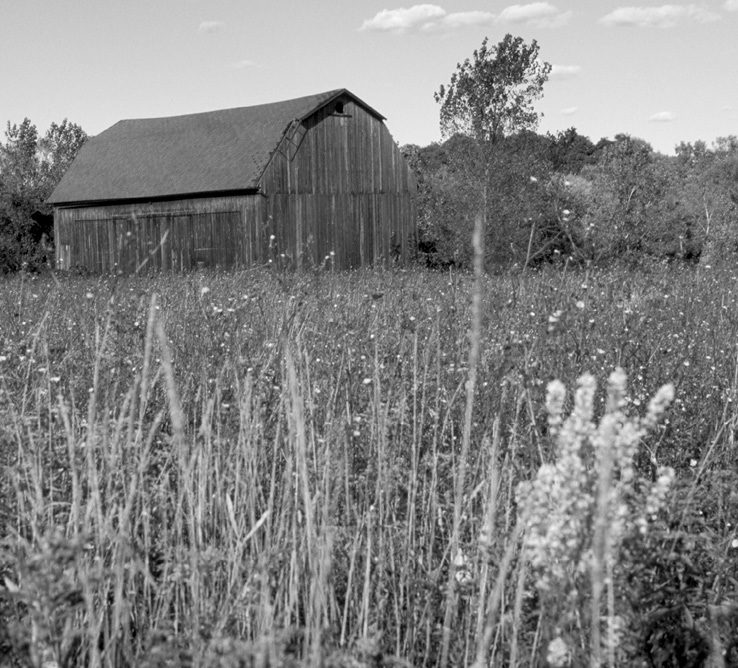No-Till Farmer
Get full access NOW to the most comprehensive, powerful and easy-to-use online resource for no-tillage practices. Just one good idea will pay for your subscription hundreds of times over.

Booming prices for corn and soybeans have no-tillers looking to add additional acreage, and one source that might become available is expiring Conservation Reserve Program (CRP) acreage. From Oct. 1, 2007, to Oct. 1, 2010, more than 13.4 million acres are scheduled to come out of the program.
The CRP was first enacted by Congress as part of the 1985 farm bill. It was designed to take highly erodible and environmentally sensitive agricultural land out of production.
At the time, poor commodity prices combined with excess production made the program an attractive alternative for growers, especially on marginally productive farmland.
The land went out of production for 10 years, and producers received annual rental rates. It proved to be very popular and was extended in the 1990, 1996 and 2002 farm bills. The current authority allows up to 39.2 million acres.
Skyrocketing commodity prices, fueled by the demand for crops for alternative fuel, have brought CRP land back into the spotlight, just when land contracts are expiring and discussion of the 2007 farm bill heats up.
Some commodity groups want the government to review the current program in light of the demand for more production acres.
The National Grain and Feed Association recently called on Congress to provide “flexibility to enable tillage acres in the Conservation Reserve Program that can be farmed in an environmentally sustainable manner to serve as a tool for meeting market demand from the burgeoning U.S. biofuels industry, while providing continued opportunities for…